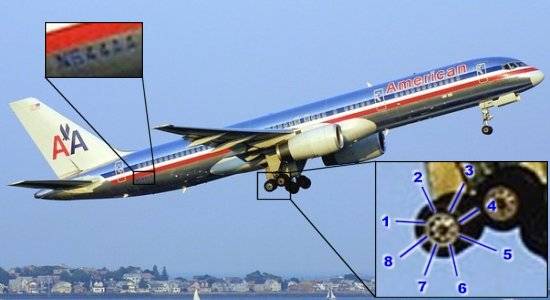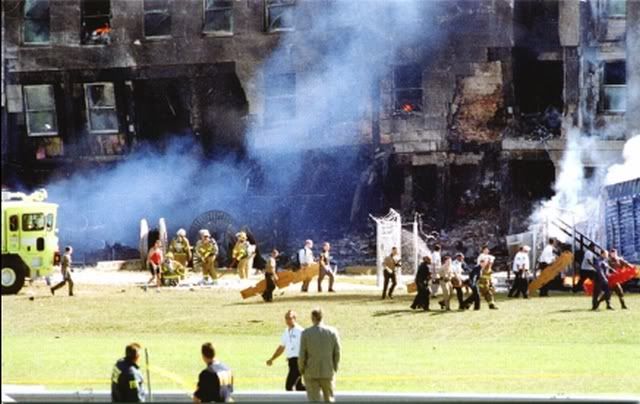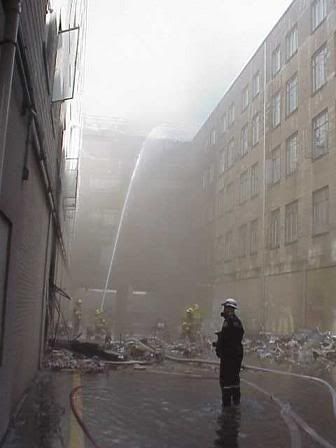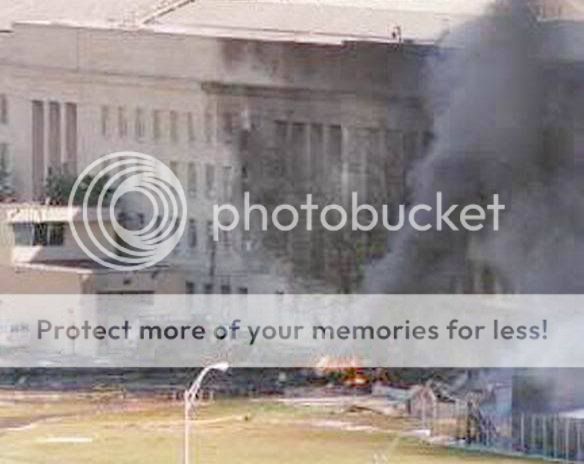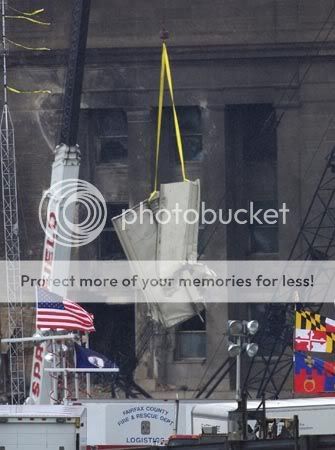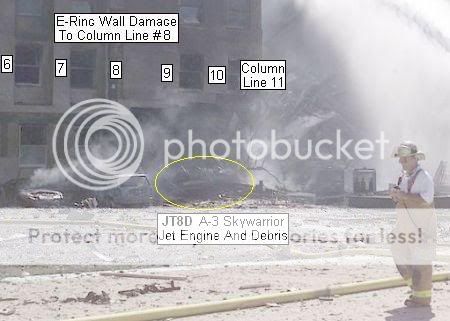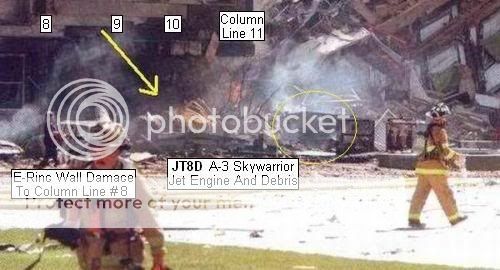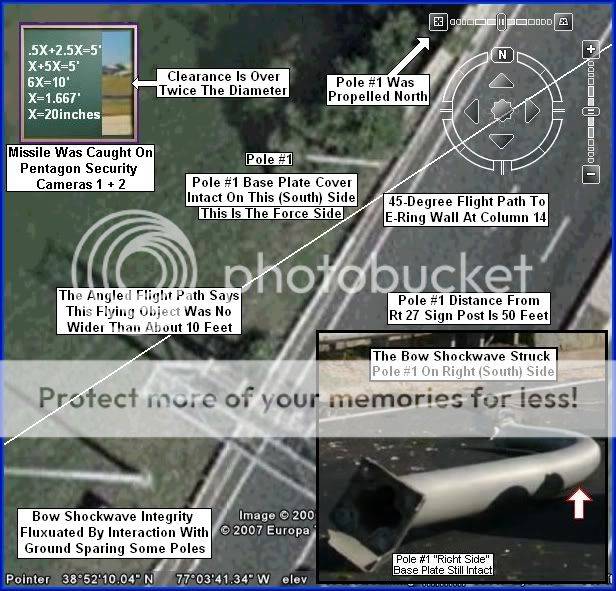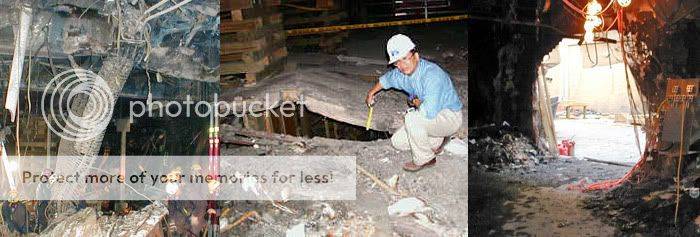James Quintiere, Ph.D., former Chief of the Fire Science Division of the National Institute of Standards and Technology (NIST), has called for an independent review of NIST’s investigation into the collapses of the World Trade Center Towers on 9/11.
Dr. Quintiere made his plea during his presentation, “Questions on the WTC Investigations” at the 2007 World Fire Safety Conference. “I wish that there would be a peer review of this,” he said, referring to the NIST investigation. “I think all the records that NIST has assembled should be archived. I would really like to see someone else take a look at what they’ve done; both structurally and from a fire point of view.”
“I think the official conclusion that NIST arrived at is questionable,” explained Dr. Quintiere. “Let's look at real alternatives that might have been the cause of the collapse of the World Trade Towers and how that relates to the official cause and what's the significance of one cause versus another.”
“In my opinion, the WTC investigation by NIST falls short of expectations by not definitively finding cause, by not sufficiently linking recommendations of specificity to cause, by not fully invoking all of their authority to seek facts in the investigation, and by the guidance of government lawyers to deter rather than develop fact finding.
"I have over 35 years of fire research in my experience. I worked in the fire program at NIST for 19 years, leaving as a division chief. I have been at the University of Maryland since. I am a founding member and past-Chair of the International Association for Fire Safety Science—the principal world forum for fire research. ...
"All of these have been submitted to NIST, but never acknowledged or answered. I will list some of these.
1.
Why is not the design process of assigning fire protection to the WTC towers fully
called out for fault? ...
2. Why were not alternative collapse hypotheses investigated and discussed as NIST had stated repeatedly that they would do? ...
3. Spoliation of a fire scene is a basis for destroying a legal case in an investigation.
Most of the steel was discarded, although the key elements of the core steel were demographically labeled. A
careful reading of the NIST report shows that they have no evidence that the temperatures they predict as necessary for failure are corroborated by findings of the little steel debris they have. Why hasn't NIST declared that this spoliation of the steel was a gross error?
4. NIST used computer models that they said have never been used in such an application before and are the state of the art. For this they should be commended for their skill.
But the validation of these modeling results is in question. Others have computed aspects with different conclusions on the cause mechanism of the collapse. Moreover, it is
common in fire investigation to compute a time-line and compare it to known events. NIST has not done that.
5.
Testing by NIST has been inconclusive. Although they have done fire tests of the scale of several work stations, a replicate test of at least & [sic] of a WTC floor would have been of considerable value. Why was this not done? ...
6. The critical collapse of WTC 7 is relegated to a secondary role, as its findings will not be complete for yet another year. It was clear at the last NIST Advisory Panel meeting in September [2005] that this date may not be realistic, as NIST has not demonstrated progress here.
Why has NIST dragged on this important investigation?"
OpEdNews - Article: Former Chief of NIST's Fire Science Division Calls for Independent Review of World Trade Center Investigation



